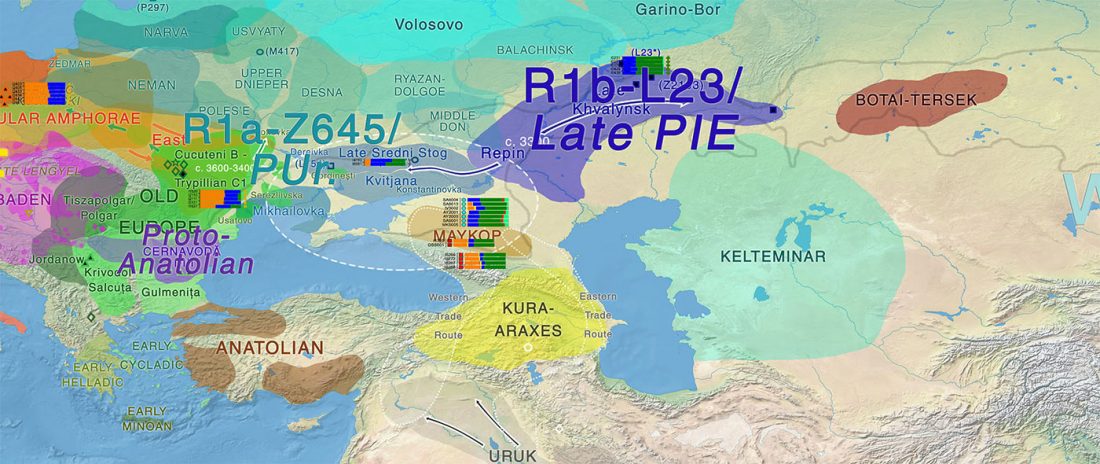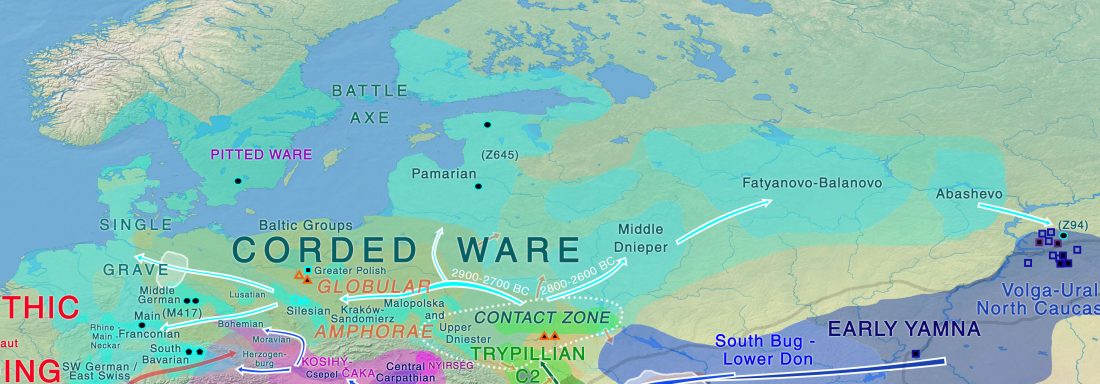Open access The End of the Kura-Araxes Culture as Seen from Nadir Tepesi in Iranian Azerbaijan, by Alizadeh, Maziar & Mohammadi, American Journal of Archaeology (2018) 122(3):463-477.
Interesting excerpts (emphasis mine):
… Read the rest “The end of the Kura-Araxes settlements: large-scale phenomenon but with varied causes”The test trenches at Nadir Tepesi suggest that the Kura-Araxes occupation ended abruptly in the mid third millennium B.C.E. and that the site was then occupied or visited by a new group of people with new cultural traditions. Evidence for a significant destruction followed by the sharp discontinuity in the material culture could represent a violent termination of the Kura-Araxes occupation at Nadir Tepesi. This possibility provides one

